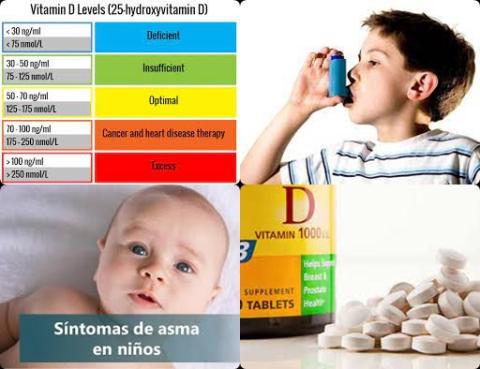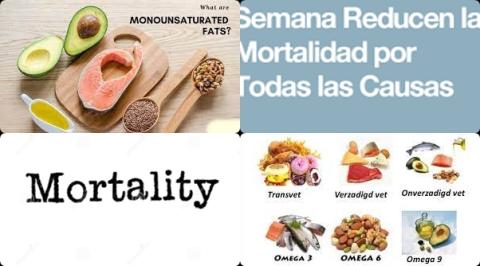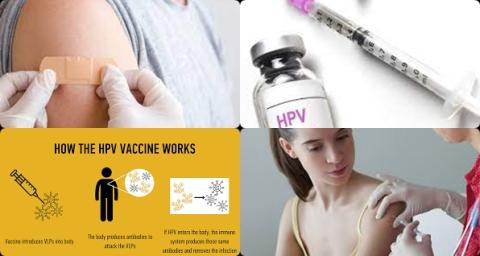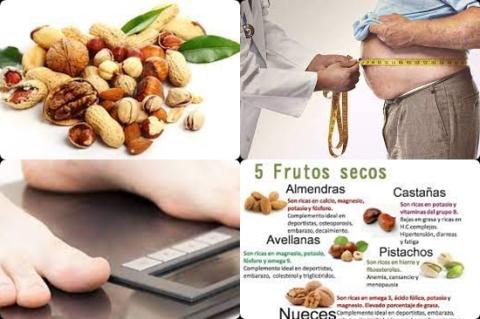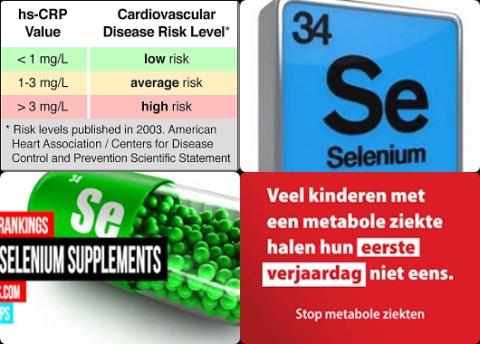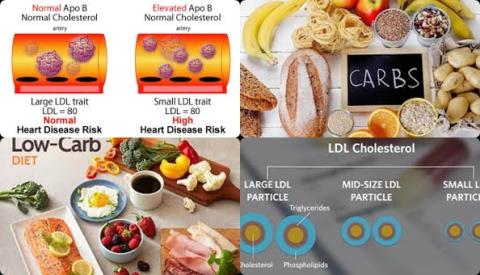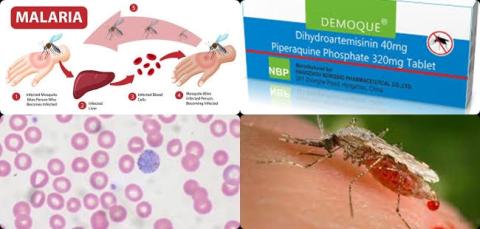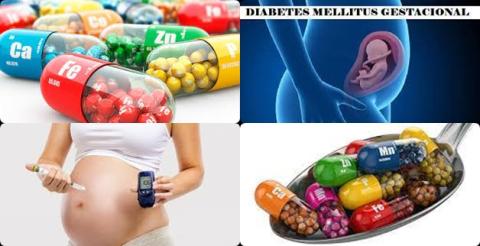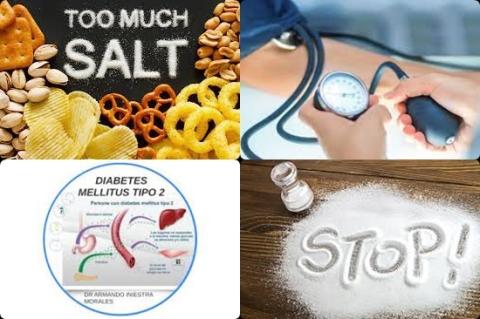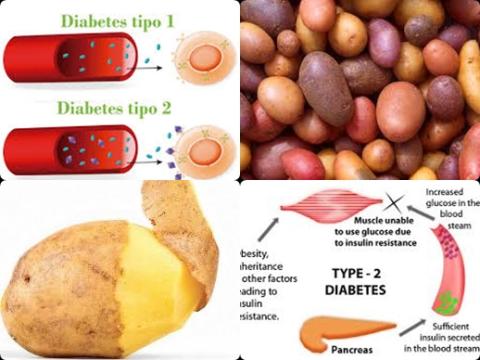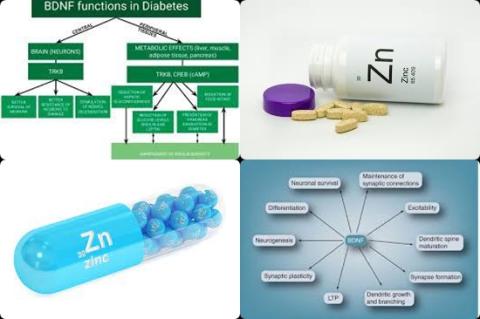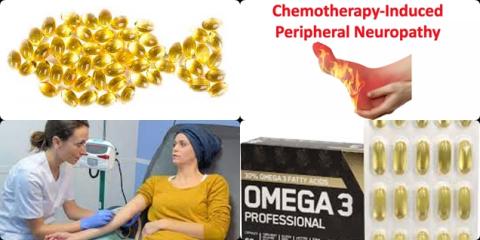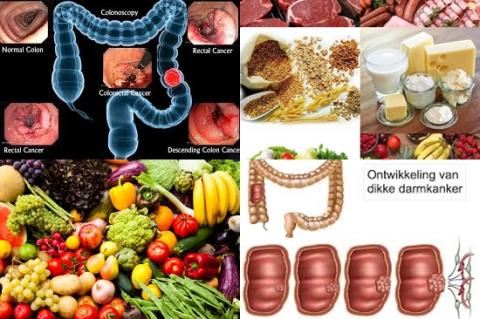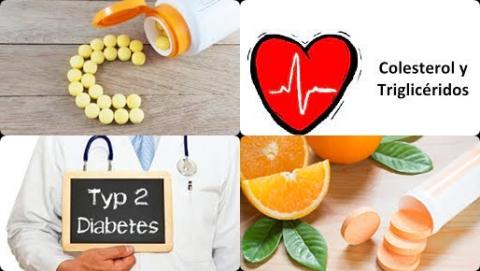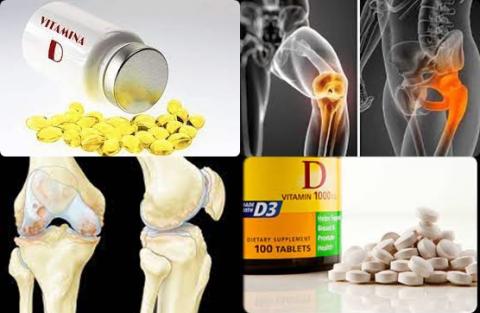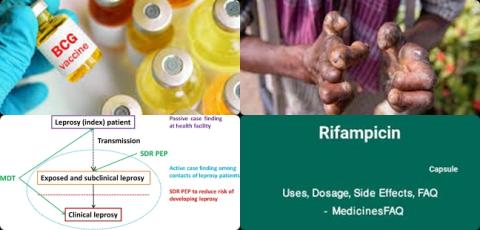Breastfeeding reduces ovarian cancer in women with BRCA1 or BRCA2 mutation

Objectives:
Does breastfeeding reduce risk of ovarian cancer in women with BRCA1 mutation or BRCA2 mutation?
Study design:
This review article included 1 cohort study and 4 case-control studies with a total of 14,601 women with a BRCA1 or BRCA2 mutation.
There was no publication bias.
Results and conclusions:
The investigators found ever having performed breastfeeding significantly reduced risk of ovarian cancer with 23.3% [pooled OR = 0.767, 95% CI = 0.688 to 0.856, I2 = 0%] in women with BRCA1 mutation.
The investigators found ever having performed breastfeeding non-significantly reduced risk of ovarian cancer with 18.3% [pooled OR = 0.817, 95% CI = 0.650 to1.028, I2 = 0%] in women with BRCA2 mutation.
The investigators found breastfeeding for >1 year significantly reduced risk of ovarian cancer with 21.3% [pooled OR = 0.787, 95% CI = 0.682 to 0.907, I2 = 0%] in women with BRCA1 mutation.
The investigators found breastfeeding for >1 year significantly reduced risk of ovarian cancer with 43.3% [pooled OR = 0.567, 95% CI = 0.400 to 0.802, I2 = 0%] in women with BRCA2 mutation.
The investigators concluded that ever having performed breastfeeding reduces risk of ovarian cancer in women with BRCA1 mutation and breastfeeding for >1 year reduces risk of ovarian cancer in women with BRCA2 mutation.
Original title:
The preventive effect of breastfeeding against ovarian cancer in BRCA1 and BRCA2 mutation carriers: A systematic review and meta-analysis by Eoh KJ, Park EY, […], Lim MC.
Link:
https://pubmed.ncbi.nlm.nih.gov/34304906/
Additional information of El Mondo:
Find more information/studies on breastfeeding and cancer right here.
